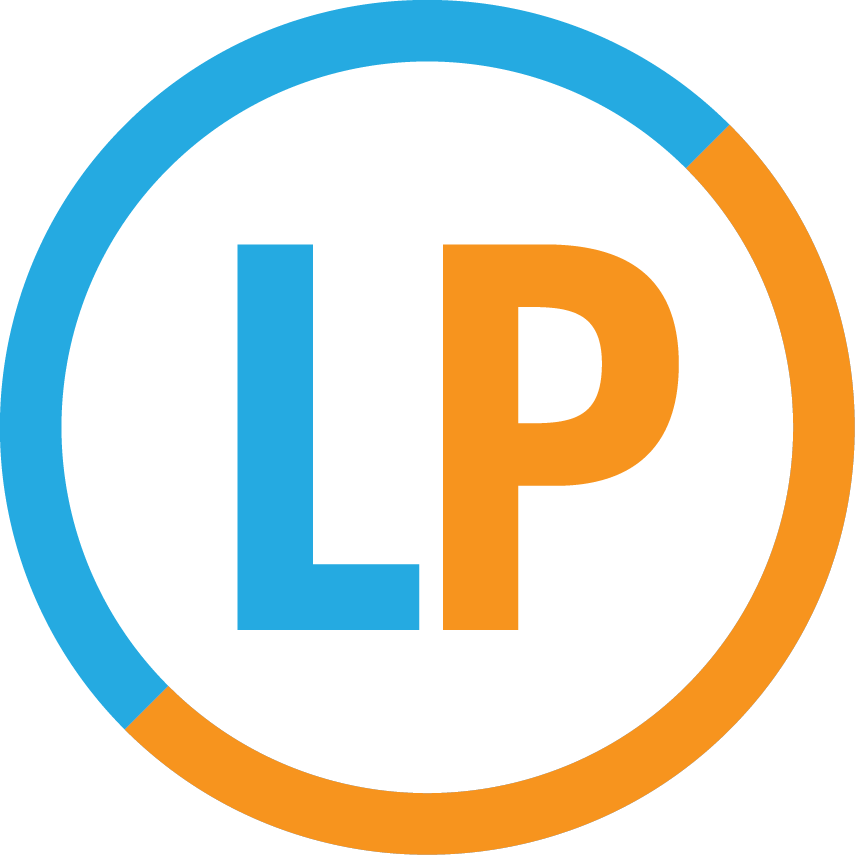I’ve written extensively about the new test-optional landscape in the last year, and thanks to NACAC (that’s the National Association for College Admission Counseling), I have some detailed examples of test-optional admissions processes at Chapman and the University of San Diego (USD) that I’m excited to share with you!
In response to reducing the weight of testing in the admissions process—or in USD’s case, removing it entirely—many universities have found ways to instead elevate student skills, character, and knowledge. These case studies show how:
Chapman University: SAPPE
Like most colleges, Chapman went test-optional in 2020, however they actually made the decision months before the COVID-19 pandemic shuttered test centers. Chapman made a philosophical decision to embrace test-optional, citing data showing that their students were more often successful with a higher GPA and lower test scores than they were with a lower GPA and higher test scores.
The move to test-optional fundamentally changed the composition of Chapman’s applicant pool; 72% did not submit test scores in 2021. Up until this time, Chapman had been using a pyramid system to review applications, with grades, rigor and test scores making up the foundation. Extracurriculars, fit, and leadership comprised the second layer, while letters of recommendation rounded out the top.
After removing test scores from the base of the pyramid, Chapman’s original review structure no longer felt stable, so they devised a new model in which each piece of the application carries equal weight and is considered in concert with all the others.
During the process of creating this new model, Chapman’s admissions office also worked together to capture the defining characteristics of the Chapman student body. This exercise led to the invention of the acronym:
SAPPE
These characteristics now carry significant weight in the admissions process, meaning that students who can demonstrate both academic preparedness and SAPPE in their applications will have much higher chances of admission at Chapman.
University of San Diego: Changemaker Fit
The University of San Diego adopted a test-optional policy in May of 2020, however due to continuing concerns about equity in standardized testing they quickly moved to become test-blind. This means they no longer consider test scores from any applicants whatsoever.
Let’s take a look at how this has changed the way they review applicants’ academic and personal qualifications.
Pre-COVID vs. Current Evaluation
Without testing, the only quantitative component USD has is a student’s transcript—their grades, academic rigor, and trajectory. With grade inflation increasing during the pandemic, it’s often unclear whether A’s truly signify college readiness. As such, USD has expanded their qualitative evaluation criteria to help them better evaluate both the academic and personal characteristics of applicants.
Embrace Your SAPPE, Become a Changemaker
Chapman and USD are not alone. Dozens—if not hundreds—of universities are redefining their application evaluation processes in the wake of COVID-19 and the recent wave of test-optional policies.
as an applicant, how does this shift your focus?
The key elements that both Chapman and USD pointed to are authenticity and engagement. Colleges want to know the authentic you, and they want to see that you are pursuing authentic passions and interests throughout your high school career. Ultimately, they want to admit students who will take full advantage of the learning opportunities and resources available on their campuses.
The key to embracing SAPPE and becoming a changemaker is to ask yourself what, why, and how:
Whether they call it SAPPE, changemaker, creative problem-solver, or any other term, authenticity and engagement are at the core of what colleges look for in applicants.
LogicPrep’s College Advising program empowers students to pursue authentic engagement in their schools and communities and helps them present their experiences in the most compelling ways possible. Start working with a College Advisor as early as 9th grade to maximize your potential and get accepted to your top choice schools.
This post is Part 1 in our NACAC 2022 series. Check out Part 2, Inside Admissions: What Happens to That Application You Just Submitted, where Olivia discusses the application reading process.






